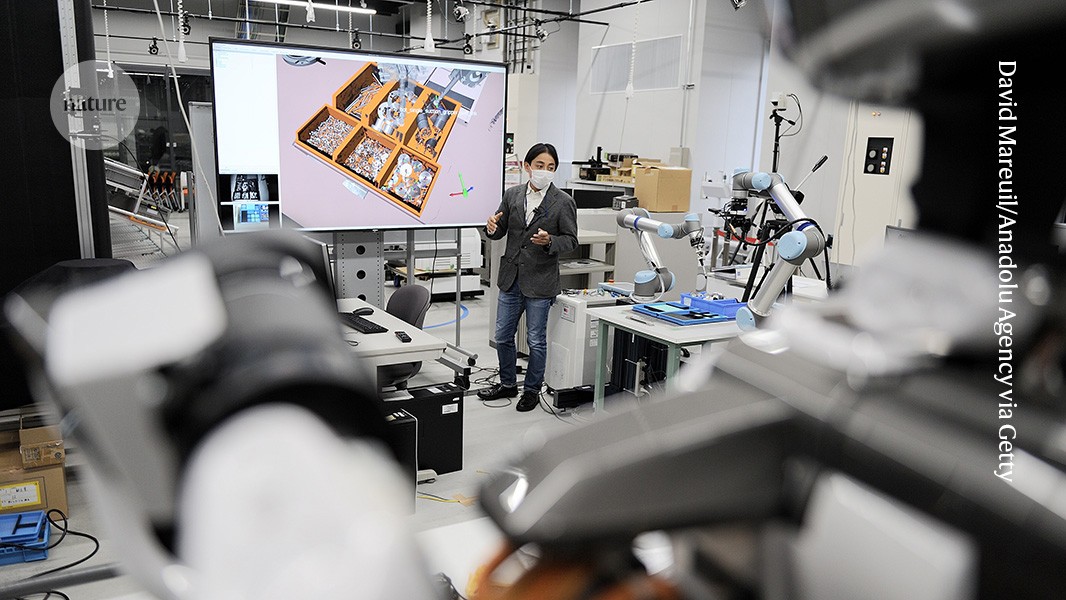
CDC, Other Health Agencies Ordered to Restore Web Pages Removed Under Trump Directive
gizmodo.com
By Ed Cara Published February 11, 2025 | Comments (0) | Trump's executive order has called for federal agencies to take down pages that purportedly promote "gender ideology." Chip Somodevilla via Getty Images The Trumpification of the Centers for Disease Control and Prevention and other federal health agencies is not going completely unopposed. A federal judge has ordered these agencies to return webpages that were abruptly removed at the behest of the Trump White House. Judge John Bates, a district judge in Washington D.C., made the ruling on Tuesday in the midst of an ongoing civil lawsuit filed against the government by the advocacy group Doctors for America. Bates granted a temporary restraining order filed by the group that called for several health agencies to roll back their deletion of webpages and datasets in response to an executive order issued by President Donald Trump last month. The removed material identified by the group, which included information on HIV treatment, must be restored by midnight tonight, Bates added. On January 20, Trump issued an executive order commanding federal agencies to combat gender ideology extremism within their ranks. Soon after, Charles Ezell, the acting director of the Office of Personnel Management (OPM), issued a memo to the CDC and other health agencies that laid out more details. Ezell told these agencies to end programs that promote or inculcate gender ideology and to take down public-facing webpages and social media posts that supposedly did the same. By January 30, the CDC and others removed a wide selection of webpages and datasets that purportedly ran afoul of the order. These included pages that informed the public about testing, prevention, and treatment options for HIV; datasets from long-running surveys looking into trends in youth behavior and assisted reproductive technologies (including IVF); and advice for researchers on how to make sure their studies are including enough women or other underrepresented groups. Some of these pages had existed in one form or another for years.Last week, Doctors for America, a physician-led group advocating for more accessible healthcare, filed a civil lawsuit against the OPM and others over the removal of these pages (the complaint can be viewed here). The group is being represented by lawyers from Public Citizen, a non-profit consumer advocacy organization and think tank. On Monday, Bates held a 90-minute hearing regarding the groups push for a temporary restraining order to restore and prevent further manipulation by the OPM in relation to the executive order. Bates disagreed with the governments assertion that deleting the pages with no advance notice was within the normal confines of an agencys maintenance of their websites, Politico reported. His ruling took the side of testifying doctors who argued that the removals delayed patient care, particularly those related to HIV care.These doctors time and effort are valuable, scarce resources, and being forced to spend them elsewhere makes their jobs harder and their treatment less effective, he wrote. Bates, a George W. Bush appointee, ordered the agencies to restore pages flagged by the Doctors for America to their version previously up before January 30 by midnight today. He also ordered the U.S. Department of Health and Human Services to work with Doctors for America to identify and restore other pages that doctors regularly rely on for their practice by February 14. The ruling doesnt guarantee that Trump wont eventually be able to reshape the CDC and other federal agencies to his liking over the objections of public health experts. But it is the latest indication that some judges arent buying the administrations arguments that it can make these and other changes unilaterally. Other recent court decisions have blocked, for the moment, attempts by the White House to slash funding to the National Institutes of Health, for instance.The judges order today is an important victory for doctors, patients, and the public health of the whole country. This order puts a stop, at least temporarily, to the irrational removal of vital health information from public access, said Zach Shelley, lead counsel for the DFA lawsuit, in a statement from Public Citizen.Daily NewsletterYou May Also Like By Ed Cara Published February 7, 2025 By Matt Novak Published February 3, 2025 By Matt Novak Published February 1, 2025 By Matt Novak Published January 31, 2025 By Matt Novak Published January 29, 2025 By Ed Cara Published January 22, 2025
0 Yorumlar
·0 hisse senetleri
·23 Views










